Old houses need renovation and system upgrades, which aren’t cheap. Still, an old house may offer other advantages. The quality of materials—hardwood, three-coat plaster, double-hung windows, wood wainscoting—means that elements last and are meant to be repaired, not replaced. An unfitted kitchen with multiple counter surfaces and a linoleum floor is more budget-friendly than most. Comfortably imperfect, layered with history, old houses take well to eclectic mixing.
1. Pre-plan everything
This is the only way to set a budget and stick to it.
- Planning the sequence of work avoids do-overs, as when beautiful finishes are ruined by a roof leak that should have been dealt with first.
- Research your building codes: that dormer may be too high, the new garage too close to the property line.
- If you want to incorporate salvaged items, you need measured plans to accommodate them in the renovation or building process.
- You’ll avoid having to make last-minute choices and paying extra shipping fees.
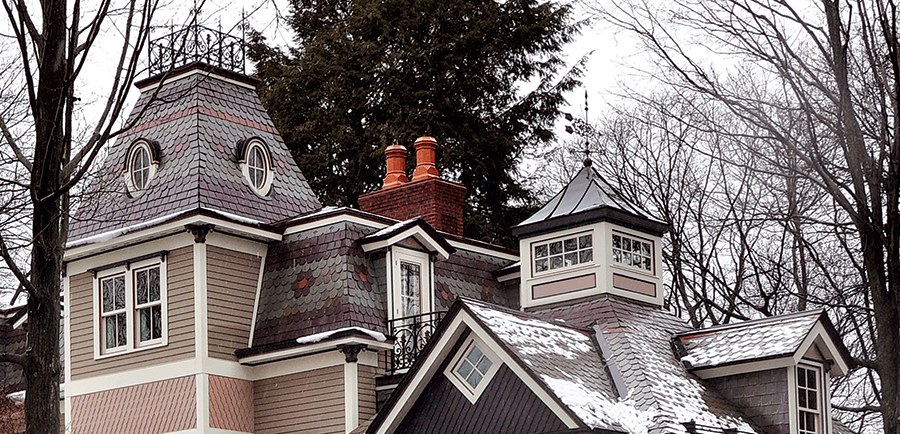
Photo: Eric Roth
One piece of advice that pops up year after year: Live in the house, preferably through all seasons, before you start planning big changes. These include knocking down walls, moving plumbing lines, gutting the kitchen, and adding on—all of them expensive renovations that you want to be very sure about before you hire a designer or contractor, let alone begin demolition. During that year, as you note how you actually use the rooms, you will almost certainly change your mind about early assumptions and pre-conceptions.
Have a master plan—then decide where you will save or splurge. A few good decisions, made early, might buy you that art tile or refurbished vintage stove you’ve always wanted. Factor in incidental costs—dumpster rental, permits, a color consultant. Remember “the mushroom factor,” when projects grow: Renovating your kitchen might involve redoing a powder room and necessitate upgrading the deck outside, so allow money for those.
When choosing a contractor, don’t necessarily go with the lowest bidder; a low bid may signal sub-par workmanship, materials, oversight, or itemization. The more detailed the bid, the more likely you are to come in on (well, near) budget.
One caution: Although almost all OHJ readers do at least some renovation work themselves, do-it-yourself can lead to expense. Contractors tell stories about jobs that involved redoing the client homeowner’s DIY work—often at greater expense than if the pros had been called in at the start. When it comes to big jobs and especially anything that might cause real damage if done wrong, be realistic about your skills and patience. In all cases, consider the investment you’ll have to make in new and specialty tools. Don’t forget safety.
2. Save in the kitchen
Best budget advice: Don’t add on if you don’t have to! A designer can make the room more efficient; you can use a pantry or a closet in the mudroom for extra storage. If possible, don’t move plumbing lines, as that’s a big expense that steals from your design budget.
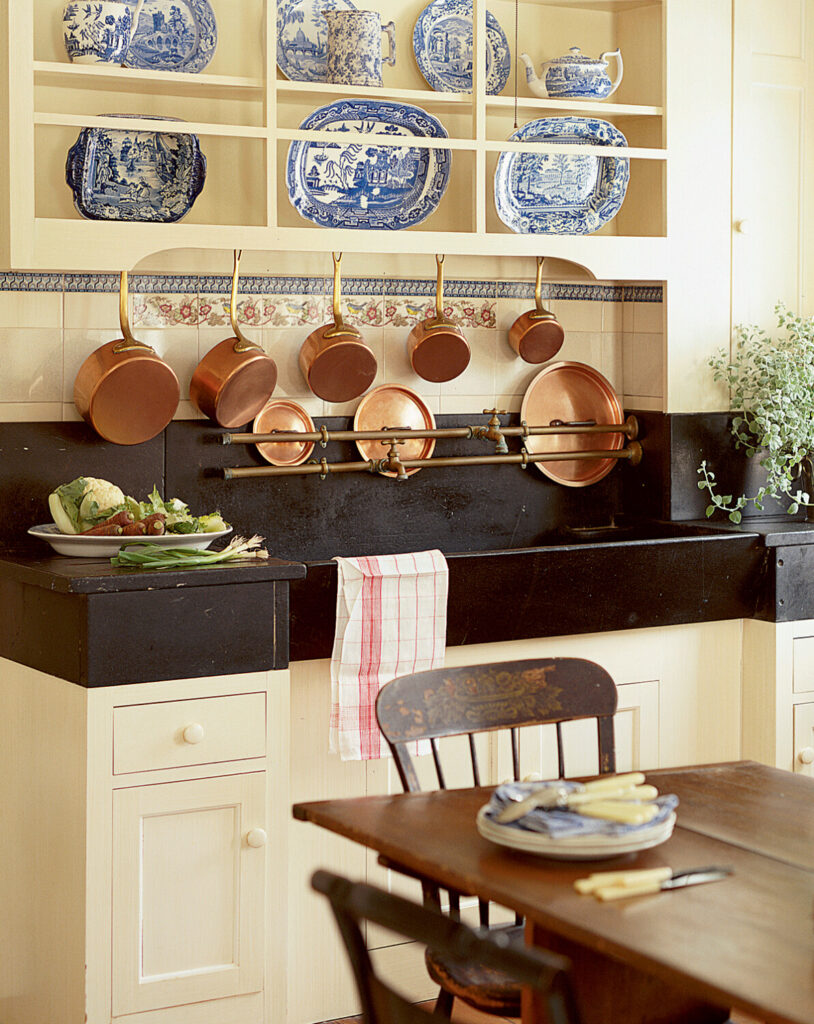
Unless they are unsalvageable, keep and upgrade existing cabinets, or at least some of them. Wood and MDF cabinets can be painted or refinished; you can add glazing to upper doors or change out the hardware. Control the cabinetry cost by adding a freestanding piece or building in a hutch or dresser; vintage pieces are less expensive than semi-custom cabinets. Use open shelving instead of a second run of uppers.
Mid-priced appliances are fine; affordable manmade materials and production tile look good when appropriately detailed.
3. Think long term
Good materials and workmanship cost more upfront. But they almost always save money over time. Renovation labor is expensive in any case, and the work is disruptive. Don’t create a repeat cycle.
- Choose long-lived roofing, as labor is most of the cost. Judiciously select PVC or composite lumber for exterior elements that fail; the material is expensive but you won’t be replacing the eaves or lattice every five years.
- Conversely, don’t fall for “upgrades” that won’t pay back for decades, such as new triple-glazed windows. Spend less instead on caulk and storm panels.
- Avoid trends for big-ticket items. Timeless is easier to live with.
4. Buy remnants
It’s expensive to place a big order for something new, whether that’s tile or wallpaper. Shop for remnants and returns. Buy a remnant of natural marble to inset as a pastry board. On-sale broadloom can be cut and bound for a stair runner. The end of a bolt can be used for a Roman shade or curtain. Look for a rejected tile order.
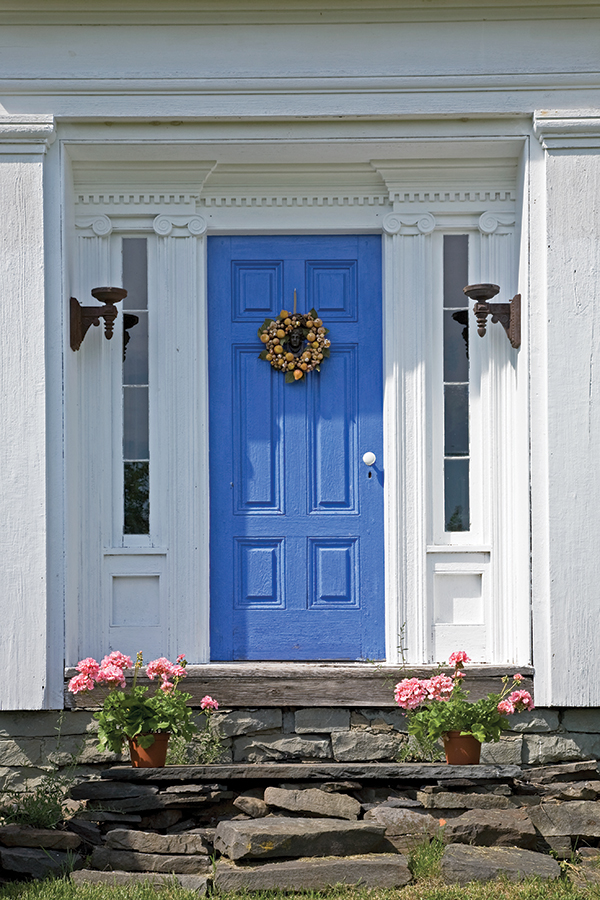
5. Rely on Paint Color
Paint is the ultimate cosmetic, and inexpensive if you do it yourself. Upgrade curb appeal by painting the front door or shutters. Inside, choosing historical colors gives a period-appropriate base to rooms. You can use paint colors instead of mouldings or wallpaper to divide walls (suggesting a dado or a frieze). Stenciling (painting a design through a cutout template) is less expensive than wallpapering.
Do you have mismatched furniture in the dining room or on the porch? Paint everything the same color to create a cohesive set. Old furniture can be repurposed with new paint, whether in one color or decorated with striping, sponging, or freehand designs. When it comes time to paint the exterior, use paint colors and placement to highlight (or fix) proportions and make even a bland house worth a second look.
6. Make smart substitutions
Not every room needs a handmade oriental carpet. Solid-surface countertops are cheaper than stone and maintenance-free. Linoleum and commercial tile are budget-friendly and adaptable. Outside, using PVC and composites instead of wood makes sense in wet areas.
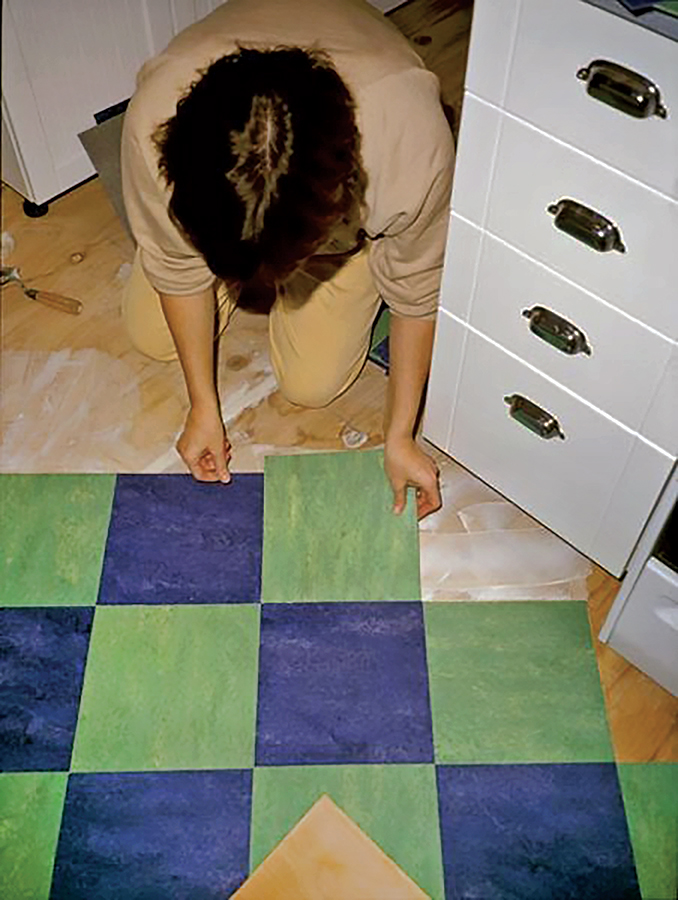
7. DIY—sometimes
Common DIY projects include light demolition, prep work and painting, minor plaster repair, batt insulation, basic wallpapering, and wood window repairs. First weigh the investment in tools.
If it requires a license or certification, don’t do it yourself. Stay away from plumbing and electrical, foundation and roof work.
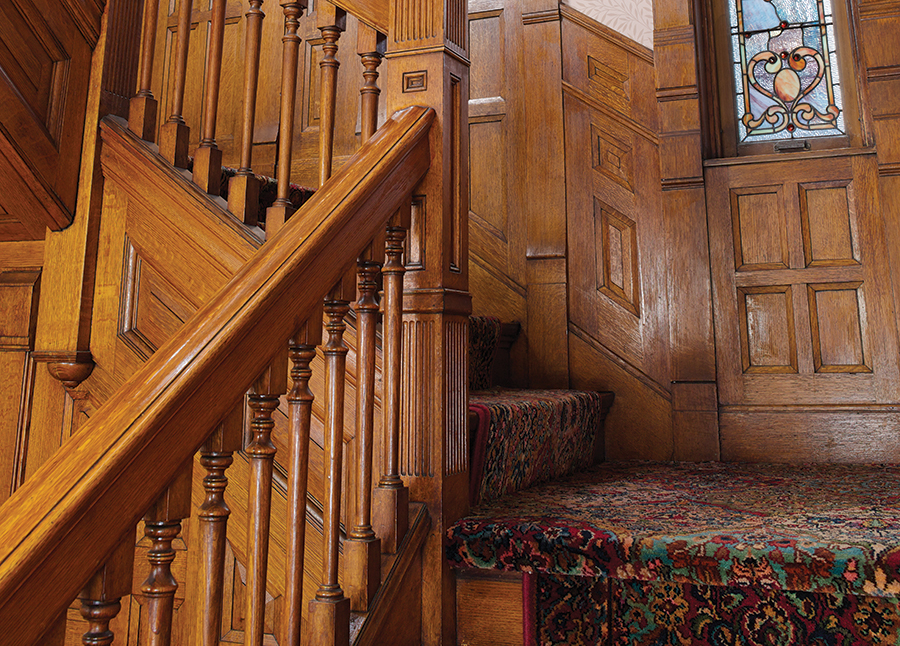
8. Use salvage
Sometimes the item is cheaper than if bought new; other times, salvage introduces a unique focal point or history into the house. Just be sure to plan ahead to incorporate large pieces, and carry measurments with you.
- New-old stock is another category; some dealers specialize in never-used period hardware.
- Not all salvage is purchased. You can, for example, salvage attic floorboards to patch floors downstairs.
9. Attend Estate Sales
Big old houses need furniture. New furniture is expensive. Antique and vintage furniture often costs less, even if pieces need touchups or upholstery. Live auctions and estate sales are your friends! All prices are reflected at local auctions. You can find chandeliers, hand-woven rugs, kitchen utensils, Victorian lamps, Fiestaware, artwork—not just furniture.
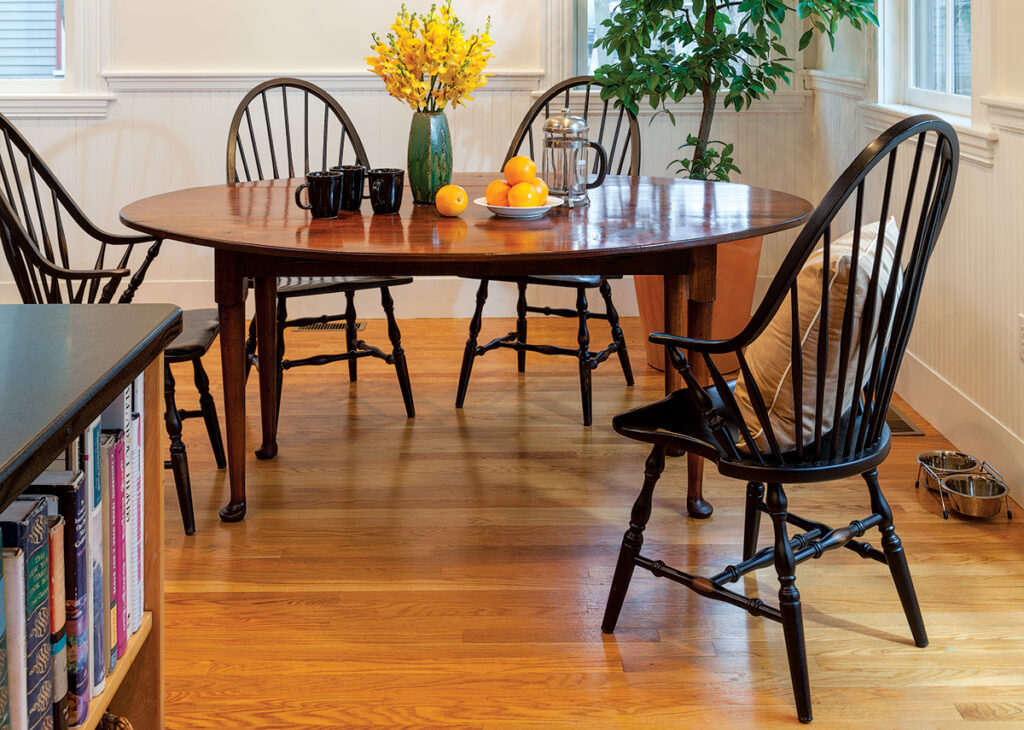
10. Buy furniture classics
Classic, small-scale pieces mix and match well and will probably find a place in another room or the next house. Avoid oddball pieces and sofas that don’t fit through the average doorway. Quality furniture is a worthwhile investment: it looks good, ages well, and can be reupholstered. It’s fine to buy just one piece a year or as budget allows. You might buy less expensive furniture—say, wood rockers, wicker, a bench, vintage bits—to use in the living room now, then relocate them to a sunroom or porch when you’re ready to buy more substantial pieces for the main rooms. Know the underlying style of the house. You don’t have to embrace period decorating; but be aware of compatibility and proportion to select furnishings that will always look right for the space.







